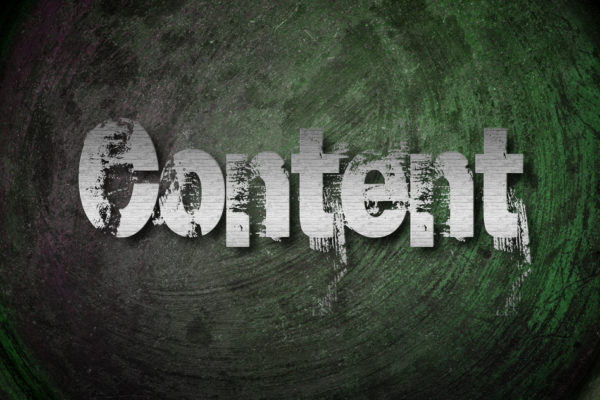Relevant content is critical to grabbing your audience on an emotional level because they’re searching for answers to their questions. If your content is nothing but bologna, you will lose your audience in a matter of seconds.
So, how do you engage your audience? Take the proper steps to ensure valuable and easily readable content.
Three things you need for strong content:
- A goal: Provide a focal point of the article. All ideas will contribute towards this central theme.
- A voice: Define your point of view and express yourself in the content. Make your statement and provide examples to support your statement. People will need to understand why they should believe what you think.
- A lesson: Remember, you are the author. You may not be in a classroom, but be sure to enrich your readers. Be sure that they gain something from reading your work. You are educating and entertaining them by providing information they may not have.
The average Internet user will view a web page and determine whether to continue reading or visit another website in approximately 8 seconds. Even if the user stays longer than those 8 seconds, they have the tendency to skim through, reading only about a quarter of the article. Your content needs to stand out and grab their attention quickly. You must understand your audience.
A short attention span is a dangerous thing. Like the bull that charges a red flag, Internet users flee when they are distracted. They’ll begin to scroll down the page to see a picture or a video. If they notice that the article is going to take 10 minutes to read… Bon voyage! They’ll be gone in a flash. Why would they waste their precious little time reading an elongated article, when they can go visit another web page that tells them what they want in half the time?
Quality content is critical to your audience because it’s the only thing that engages your reader.
Contact Colure to discuss your project’s content, vision and scope.




Leave a Reply